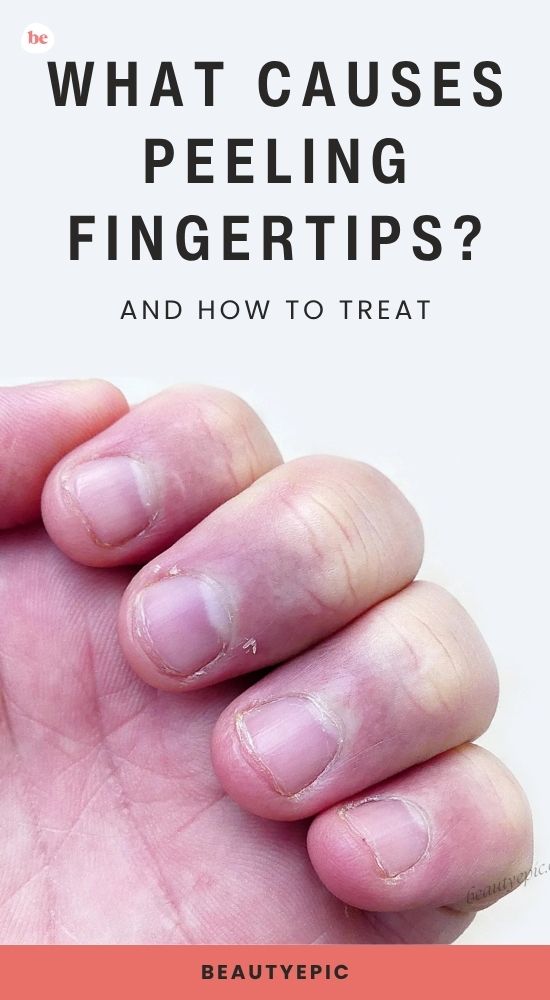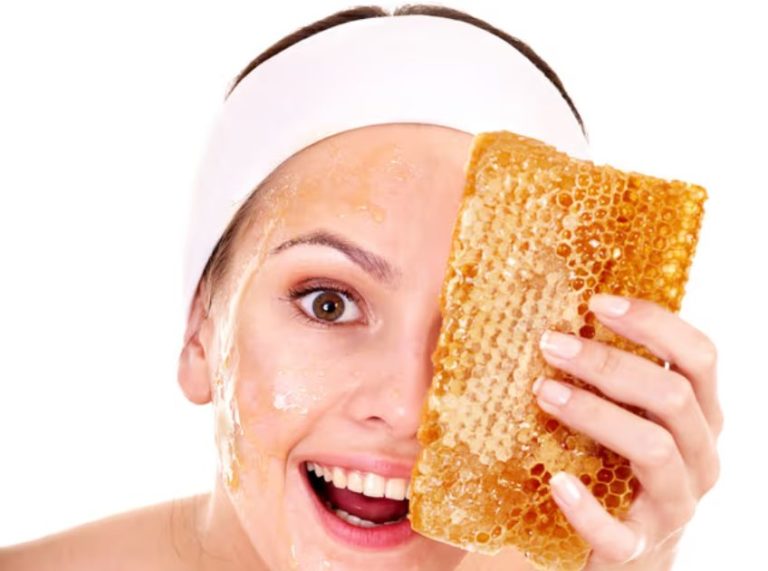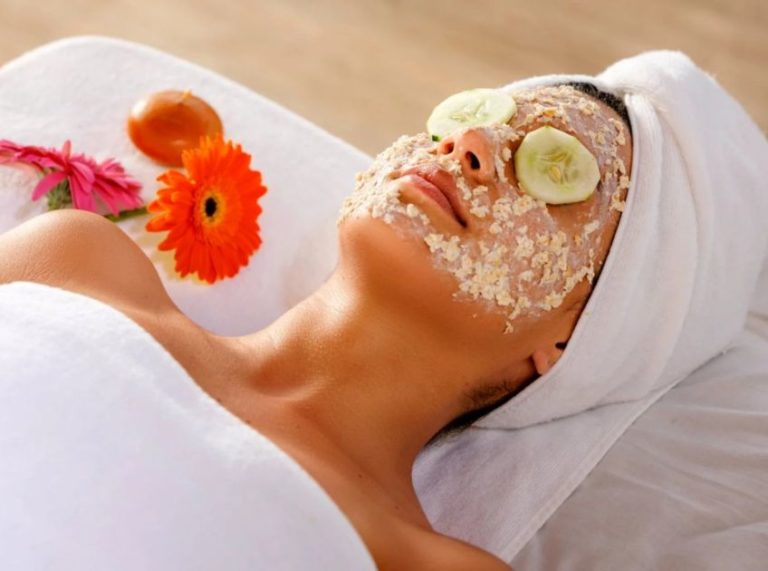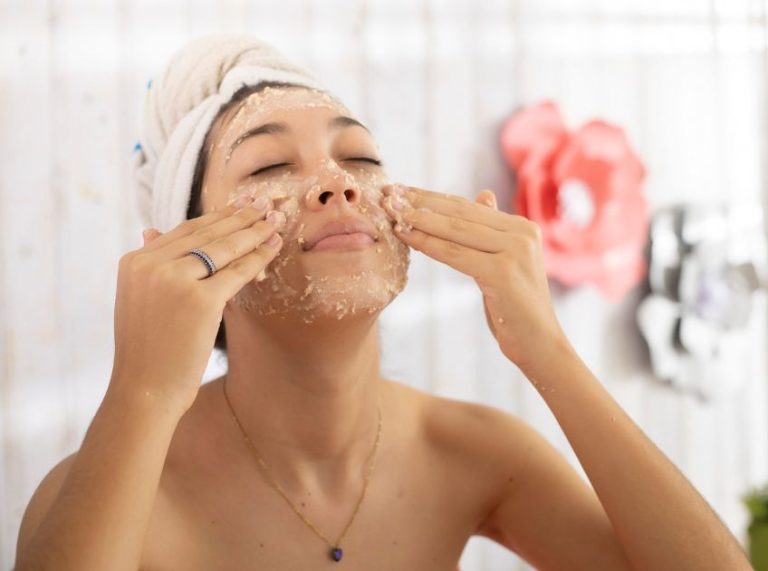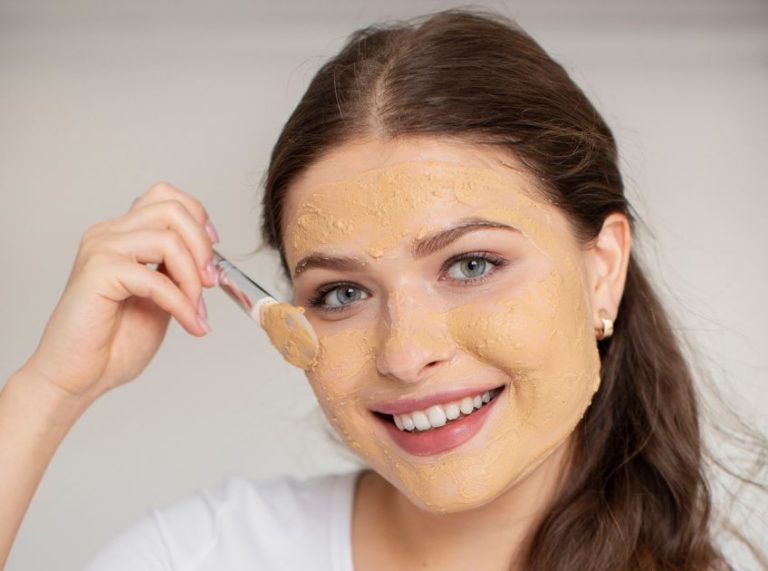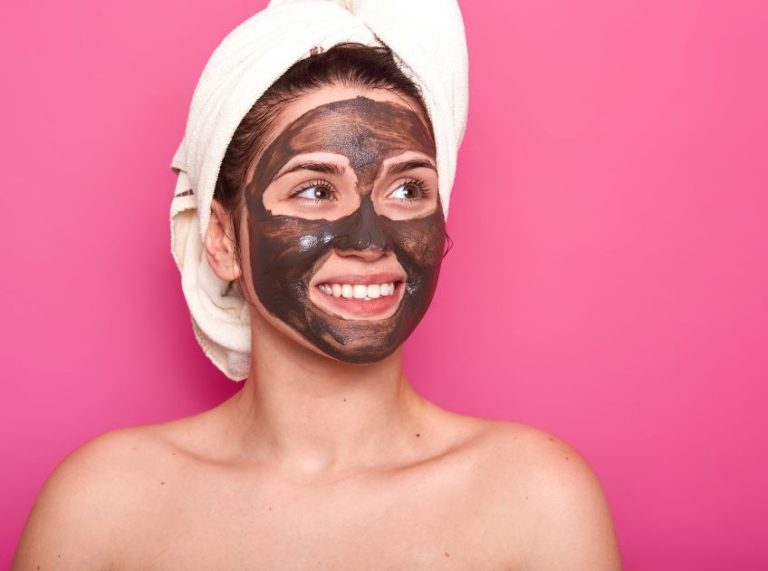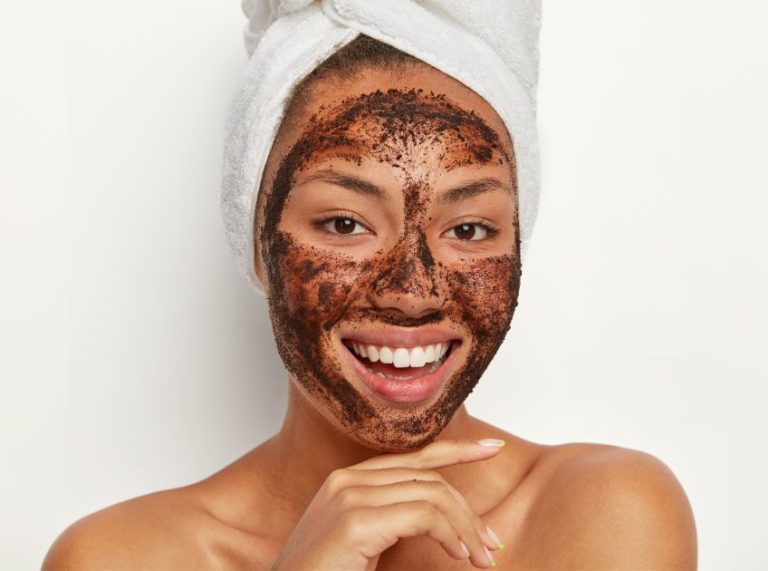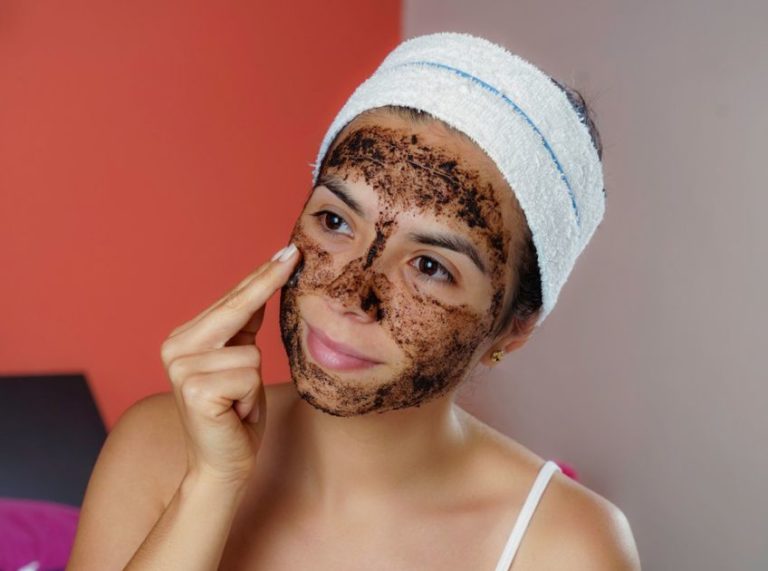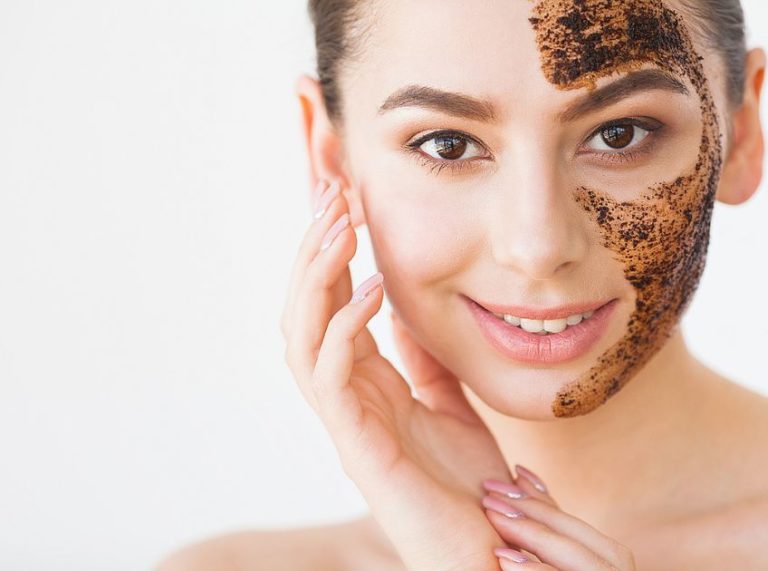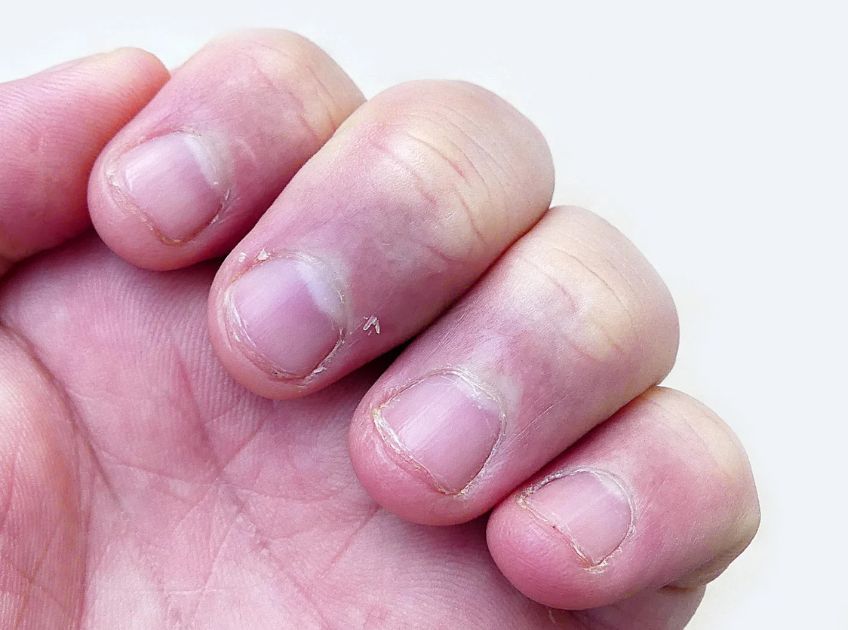
Important: This article is for informational purposes only. Please read our full disclaimer for more details.
Peeling skin on your fingertips can be frustrating, uncomfortable, and sometimes even painful. While it’s often caused by dryness or environmental triggers, persistent peeling may indicate underlying health conditions. Understanding the root cause is essential to choosing the right treatment and preventing complications.
In this article, we’ll explore 12 common reasons why your fingertips might be peeling, natural remedies to heal them, preventive tips, and when to seek medical help.
12 Common Causes of Peeling Fingertips
Your fingertips are among the most sensitive parts of your body and are constantly exposed to water, chemicals, allergens, and environmental stressors. While mild peeling is common, persistent or severe peeling can be linked to deeper medical issues. Let’s dive into the 12 most common causes in detail:
1. Excessive Handwashing
Frequent handwashing, especially with hot water and harsh soaps, strips your skin’s natural oils, leading to dryness, irritation, and peeling.
Common signs
- Dry, tight skin after washing
- Flaking and minor cracks around fingertips
How to manage it
- Use lukewarm water instead of hot water.
- Switch to pH-balanced, fragrance-free soaps.
- Apply a rich moisturizer immediately after washing.
Study Insight: According to the Journal of the American Academy of Dermatology (2021), the COVID-19 pandemic saw a 35% increase in hand dermatitis due to frequent handwashing and sanitizer use (1).
2. Harsh Soaps & Detergents
Soaps, shampoos, and cleaning agents often contain sulfates and alcohols that damage the skin barrier. Prolonged exposure can lead to peeling, redness, and irritation.
Solution
- Choose sulfate-free cleansers.
- Wear rubber gloves while handling detergents or dishwashing liquids.
- Always moisturize afterward to restore hydration.
3. Weather Changes
Sudden changes in weather — especially cold, dry winters and scorching summers — can dehydrate the skin and trigger peeling.
Symptoms
- White, flaky patches
- Cracked fingertips in winter
- Increased sweating and irritation in summer
Prevention tips
- Use a heavy-duty moisturizer in cold weather.
- Invest in a humidifier to prevent dryness indoors.
- Stay well-hydrated during hot weather.
4. Allergic Contact Dermatitis
If your fingertips peel after using certain soaps, cosmetics, nail polishes, or latex gloves, you might have allergic contact dermatitis.
Symptoms
- Red, itchy patches
- Small blisters around fingertips
- Burning or stinging sensations
Treatment
- Identify and avoid the allergen.
- Use hypoallergenic skincare products.
- In severe cases, dermatologists may prescribe mild steroid creams.
Scientific Finding: The American Contact Dermatitis Society estimates that nearly 30% of fingertip peeling cases are triggered by allergic reactions (2).
5. Eczema (Atopic Dermatitis)
Eczema is a chronic inflammatory condition that disrupts the skin’s barrier, making fingertips more prone to dryness, cracking, and peeling.
Signs to look for
- Red, inflamed fingertips
- Persistent itching
- Tiny blisters or raw patches
Treatment
- Apply ceramide-based moisturizers multiple times a day.
- Avoid known triggers like fragrances, dust, and detergents.
- Use prescribed corticosteroid creams during flare-ups.
Research Insight: A 2022 study in the Journal of Dermatology found that hand eczema affects up to 35% of adults, often causing recurrent fingertip peeling (3).
6. Psoriasis
Psoriasis is an autoimmune disorder where skin cells regenerate too quickly, forming thick, scaly patches that can peel and crack.
Symptoms
- Silvery-white scales on fingertips
- Painful fissures
- Nail pitting or ridges
Treatment options
- Topical medications like coal tar, salicylic acid, or vitamin D creams
- Phototherapy for moderate cases
- Biologics or oral medications for severe psoriasis
Fact Check: A 2021 study in Dermatology and Therapy reported that over 50% of psoriasis patients also experience nail and fingertip involvement (4).
7. Fungal & Bacterial Infections
Your fingertips are prone to infections due to constant exposure to moisture and microbes.
Fungal infections like tinea manuum cause scaling and peeling, while bacterial infections can result in redness, swelling, and pus.
How to treat it
- Use antifungal creams (clotrimazole or terbinafine) for mild infections.
- For bacterial infections, your doctor may prescribe antibiotic ointments.
- Keep your hands dry and clean to prevent recurrence.
Study Highlight: A 2023 review in the Journal of Clinical Dermatology confirmed that healthcare workers and cleaners face higher risks of fingertip infections due to prolonged exposure to water and chemicals (5).
8. Vitamin & Nutrient Deficiencies
Deficiencies in certain vitamins weaken your skin’s barrier, making your fingertips prone to dryness and peeling.
Key vitamins linked to healthy skin
- Vitamin B3 & B7 (Biotin): Prevent dermatitis and cracking.
- Vitamin C: Supports collagen production and healing.
- Vitamin E & Zinc: Maintain skin hydration and elasticity.
Solution
- Include leafy greens, eggs, nuts, citrus fruits, and whole grains in your diet.
- Consider supplements if advised by a doctor.
Research Highlight: A 2021 study in Nutrients found that biotin supplementation improved peeling in 73% of participants with chronic fingertip dryness (6).
9. Stress & Anxiety
Stress isn’t just mental — it affects your skin, too. High stress levels can trigger eczema, psoriasis, or sweating, all of which may cause fingertip peeling.
How to manage stress-related peeling
- Practice deep breathing, yoga, or meditation.
- Prioritize sleep and hydration.
- Address any underlying anxiety disorders if present.
10. Hyperhidrosis (Excessive Sweating)
When your palms and fingertips sweat excessively, constant moisture weakens the skin, causing irritation and peeling.
Treatment options
- Use antiperspirant creams for palms.
- Dermatologists may recommend iontophoresis (low-voltage electrical therapy).
- Botox injections can also be effective in severe cases.
11. Overexposure to Water
Ironically, too much water can cause peeling fingertips. Frequent dishwashing, swimming, or soaking your hands weakens the skin barrier.
How to prevent it
- Limit prolonged water exposure.
- Wear waterproof gloves while washing dishes.
- Always moisturize afterward to lock in hydration.
12. Rare Conditions Like Kawasaki Disease
In children, fingertip peeling can sometimes indicate Kawasaki disease, a rare but serious inflammatory disorder.
Symptoms to watch for
- High fever lasting more than 5 days
- Red eyes, cracked lips, and swollen lymph nodes
- Peeling skin on fingertips and toes
Action: Seek immediate medical attention if you notice these symptoms.
Natural Remedies to Heal Peeling Fingertips
If your fingertips are peeling due to dryness, mild irritation, or environmental factors, try these natural remedies:
- Moisturize frequently → Use creams with shea butter, glycerin, or hyaluronic acid.
- Apply natural oils → Coconut oil, almond oil, or olive oil restores hydration.
- Oatmeal soak → Mix 2 tbsp oatmeal in warm water, soak fingertips for 15 minutes, and moisturize afterward.
- Aloe vera gel → Reduces inflammation and promotes healing.
- Honey mask → Apply raw honey for 20 minutes to lock in moisture and prevent infections.
Insight: According to the Journal of Drugs in Dermatology (2020), colloidal oatmeal improves the skin barrier and significantly reduces peeling caused by dryness (7).
How to Prevent Peeling Fingertips
Prevention is always better than treatment. Follow these expert tips:
- Use gentle soaps — Avoid harsh chemicals and fragrances.
- Moisturize after every wash — Apply a protective cream or oil.
- Wear gloves — Protect hands from detergents and cold weather.
- Stay hydrated — Drink at least 8 glasses of water daily.
- Eat a balanced diet — Include vitamins A, C, E, and B-complex for healthy skin.
Complications of Untreated Fingertip Peeling
Ignoring peeling fingertips can lead to:
- Cracked skin → Painful and prone to infections.
- Secondary infections → Bacterial or fungal growth in open wounds.
- Chronic inflammation → Worsens eczema or psoriasis symptoms.
If peeling lasts longer than 2–3 weeks, consult a dermatologist for proper evaluation.
Frequently Asked Questions (FAQ’S)
1. Can stress cause fingertip peeling?
A. Yes. Stress can worsen skin conditions like eczema and psoriasis, which may lead to peeling fingertips.
2. Which vitamin deficiency causes peeling fingertips?
A. Deficiencies in vitamins B3, B7, C, and E are commonly linked to dryness and peeling.
3. When should I see a doctor?
A. Seek medical help if peeling lasts more than 3 weeks, is painful, or shows signs of infection like redness, swelling, or pus.
Peeling fingertips are often harmless and caused by dryness, environmental irritants, or allergies, but persistent peeling may indicate an underlying medical issue. By identifying the cause, following natural remedies, and adopting preventive measures, you can restore healthy, smooth skin.
